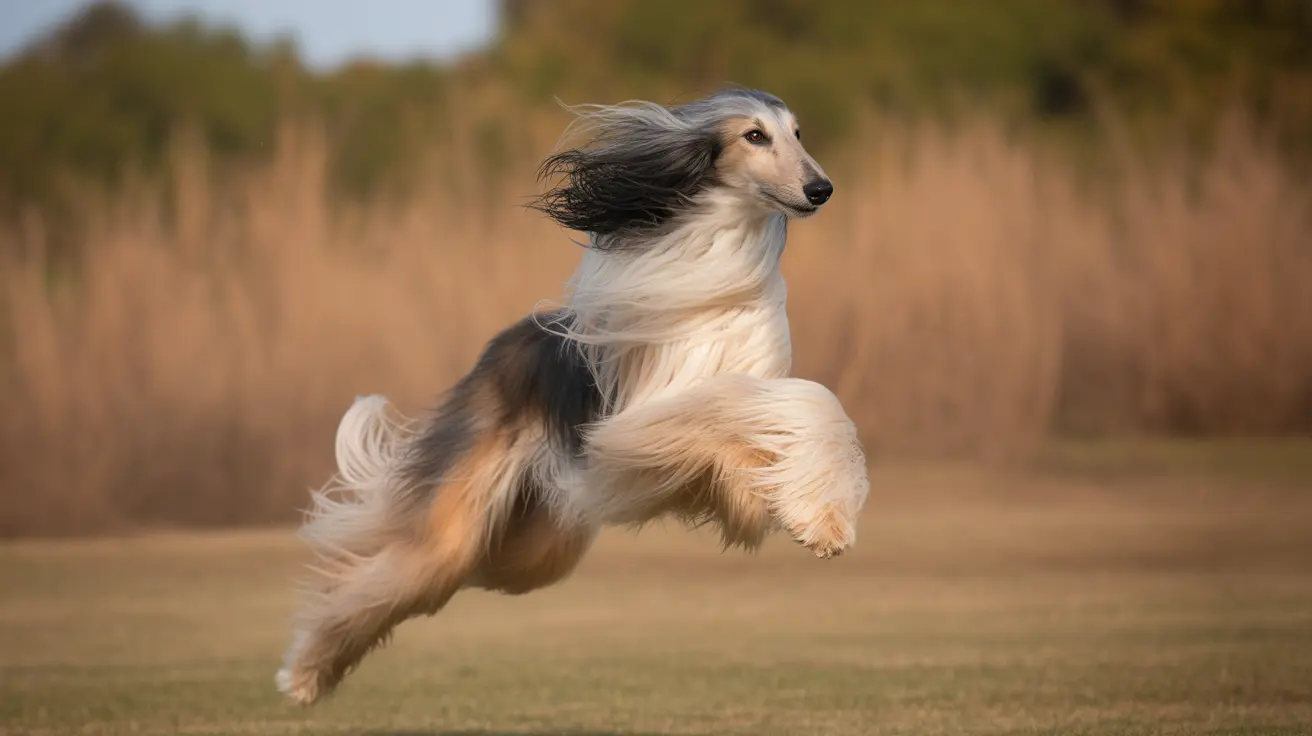How to Keep Your Dog Safe and Comfortable on Long Car Rides
Traveling with your dog can be a wonderful bonding experience—but only if done safely. To ensure your pet’s well-being during extended trips, it's essential to use the right equipment. Unrestrained dogs can become dangerous projectiles in a crash, endangering both themselves and other passengers. Fortunately, a variety of crash-tested harnesses, carriers, and crates are available to protect your dog and enhance comfort on the road.
Why Restraint Is Important
Without proper restraint, even small dogs can cause serious injuries in a collision. A sudden stop or accident at just 30 mph can turn your dog into a projectile, with tremendous force due to inertia. Proper restraint reduces the risk of injury and keeps your furry friend comfortably secured throughout the journey.
Crash-Test Standards
Currently, there are no government-mandated crash-test standards for pet car restraints. However, independent organizations like the Center for Pet Safety (CPS) have developed rigorous testing protocols:
- Dynamic crash tests at 30 mph
- Evaluation of stitching, buckles, materials, and connection points
- Certification for top-performing products
Only restraints that pass independent tests should be considered truly protective during an accident.
Types of Dog Restraints
- Harnesses: Ideal for medium to large dogs. Attach directly to the seat belt system. Examples: Sleepypod Clickit Sport, Kurgo Impact Harness.
- Carriers: Best for small dogs (under 18 lbs). Must be anchored securely. Examples: Diggs Travel Pet Carrier, Sleepypod Mobile Pet Bed.
- Crates: Suitable for large dogs. Must be crash-tested and anchored to vehicle tie-downs. Examples: Gunner G1 Kennel, Cabela’s GunDog Intermediate Kennel.
Top Crash-Tested Products
- Sleepypod Clickit Sport: For dogs 18–90 lbs. Uses Infinity Loop webbing, available in various sizes and colors. Includes seat belt accessories.
- Sleepypod Clickit Terrain: Enhanced security for dogs up to 110 lbs. Single-piece vest design limits failure points.
- Kurgo Impact Harness: For dogs 10–108 lbs. Made of 4,000-lb webbing, integrates into the seatbelt without extra clips.
- EzyDog Drive Harness: For dogs 15–65 lbs. Molded plates and seatbelt-grade straps distribute crash force.
- Ruffwear Load Up Harness: Allows some mobility for comfort in long drives. Suitable for anxious dogs.
- AllSafe Comfort Harness: Certified in Europe. Padded for comfort and highly secure with screw locks and tethers.
Installation and Fit Tips
Proper fit is essential for effectiveness. Follow the 'two-finger' rule for harnesses—a snug but comfortable fit. Choose the bigger size if your dog is between sizes. Practice fitting before the trip, and let your dog get used to the restraint at home to reduce anxiety.
- Harnesses: Thread the seatbelt through designated loops for crash-tested models. Avoid extension tethers.
- Carriers/Crates: Use only those that can be tied directly to the vehicle’s factory anchor points. Ensure there is minimal extra space inside to limit movement.
Choosing the Right Product
Select based on:
- Size and weight: Make sure the product supports your dog’s dimensions.
- Behavior: Choose more flexible harnesses for anxious dogs, and more restrictive ones for docile pets.
- Fit with your vehicle: Ensure your car has seatbelt systems or tie-downs compatible with the product.
- Material durability and maintenance: Look for strong stitching and easy cleaning features.
Limitations to Keep in Mind
No product can guarantee full safety in severe crashes. Most tests are conducted at moderate speeds (~30 mph). Very large dogs may exceed the design capacities of traditional restraints, in which case a crash-tested crate may be the safest option.
What to Avoid
- Extension tethers: Increase risk due to additional movement and tension points.
- Non-certified products: Many best-selling items on commercial websites lack independent test results.
- Booster seats: Generally unsafe and not recommended for restraining large pets.
Conclusion
To keep your dog safe and happy on long car rides, invest in a crash-tested harness, crate, or carrier that fits securely and comfortably in your vehicle. Always verify independent certifications and avoid cheap alternatives that could fail when it matters most. Your dog deserves the same level of protection as human passengers—because their safety is your responsibility.





